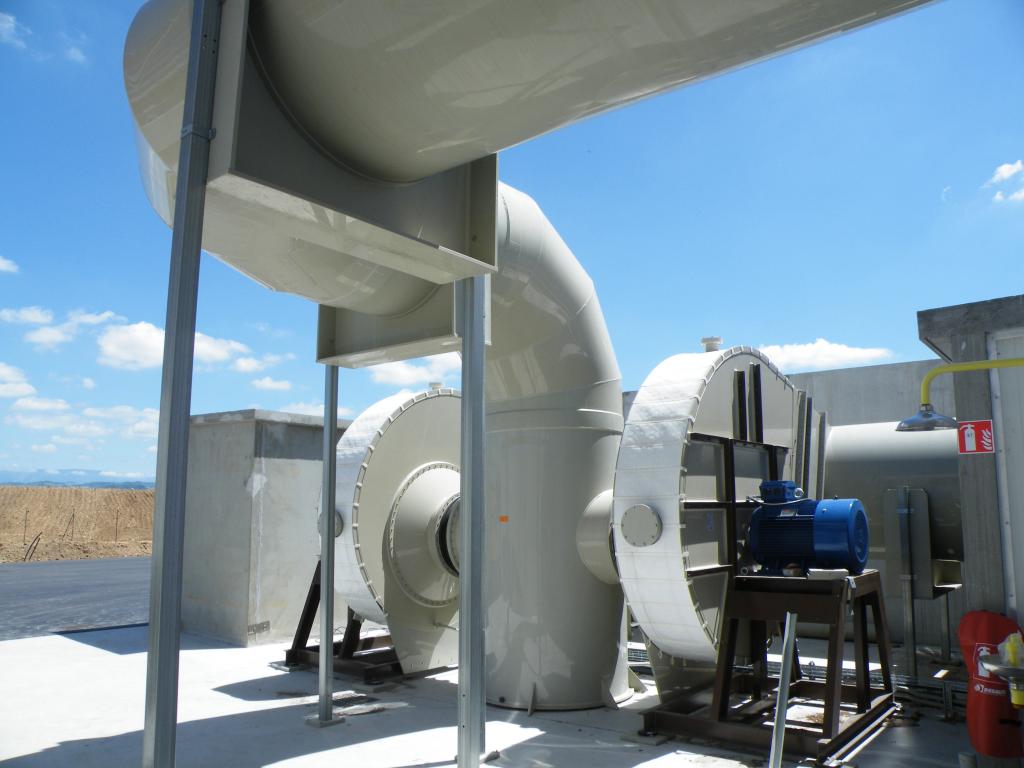Certain effluents can be re-used and recycled, thus bringing substantial savings within a sustainable approach.
In a liquid effluent, how can a pollutant be re-used?
Air stripping, with its numerous advantages, is the process we recommend at John Cockerill Environment. This solution makes it possible to recover the polluted liquid waste from your processes into a reusable resource and offers many advantages:
- numerous pollutants can be treated: H2S, NH3, CO2, VOCs….
- High purifying efficiency (above 90%)
- A process that is controlled and adapted to multiple applications
- A process that is little sensitive to fluctuations in the concentration of contaminants
- Design adapted to the site, complying with safety standards
- The most economical method for the treatment of ammonia pollution
A process which, in addition, requires reduced investment and operating costs compared to conventional solutions.
Example: RECOV’AMMONIATM solution, Ammonia waste recycling
- Phase 1: Stripping
Extraction of the ammonia from a liquid solution by loading the gas phase with ammonia. - Phase 2: Absorption by acid scrubbing
Traps the gaseous ammonia in the form of ammonium salts (ammonium sulfate, phosphate or nitrate) - Phase 3: Recycling as ammonium salts
- RESULT: agricultural fertilizers
In the same approach, we propose a solution for the recovery of solvents in gaseous effluents. This technology is based on the capture of solvents on an adsorbent material followed by its desorption with steam and finalised by conditioning on a condensation or distillation process for reuse in the customer process.







